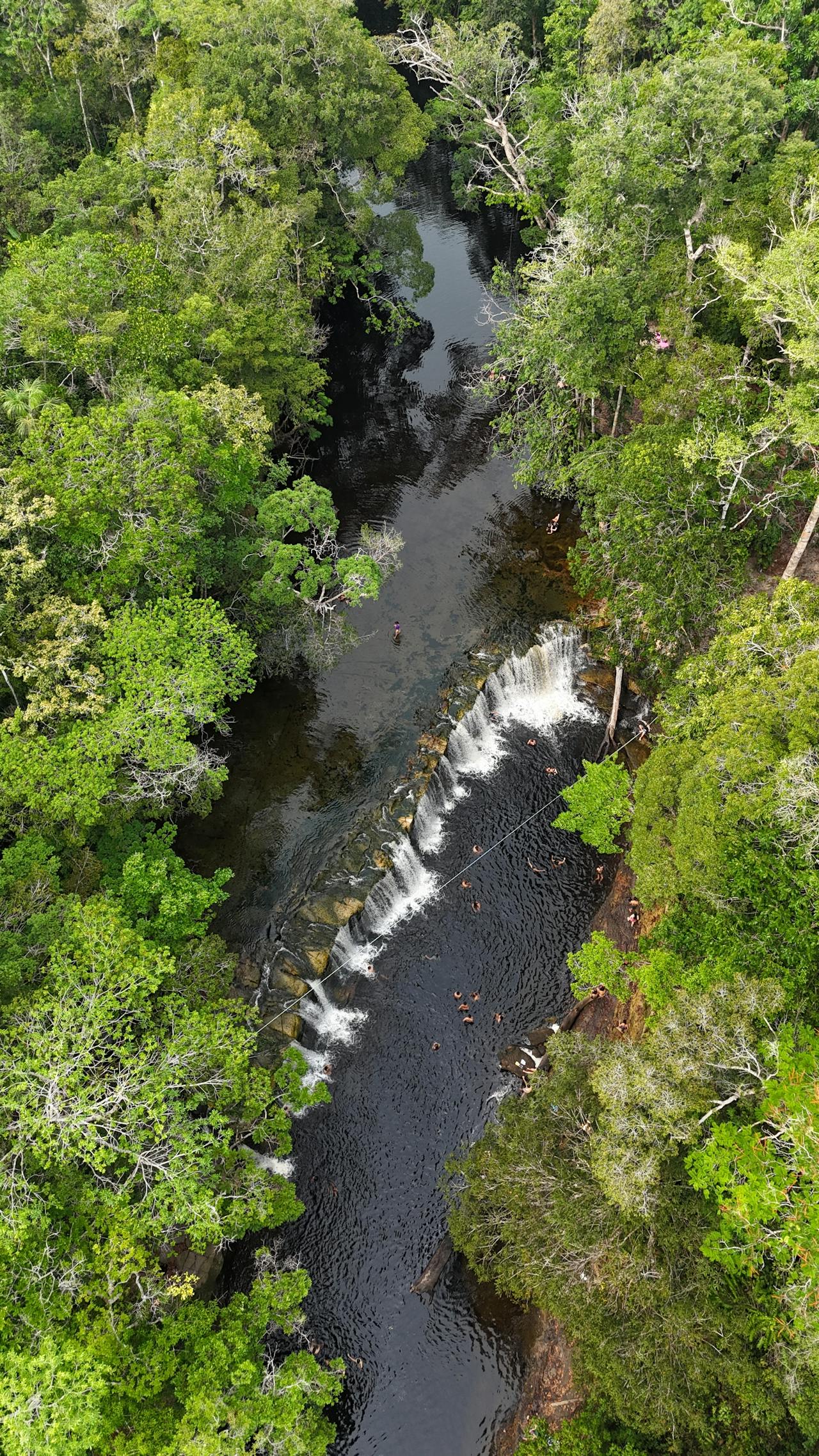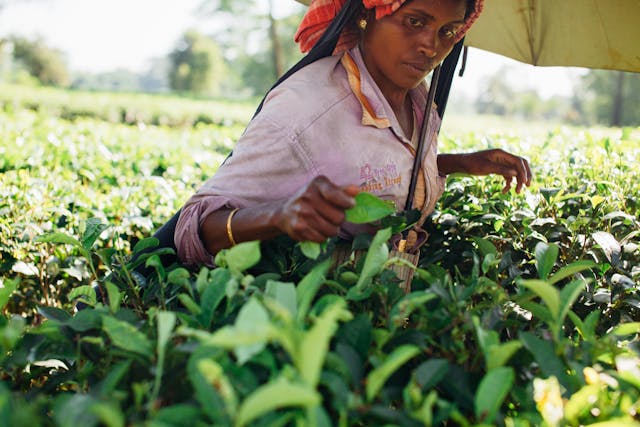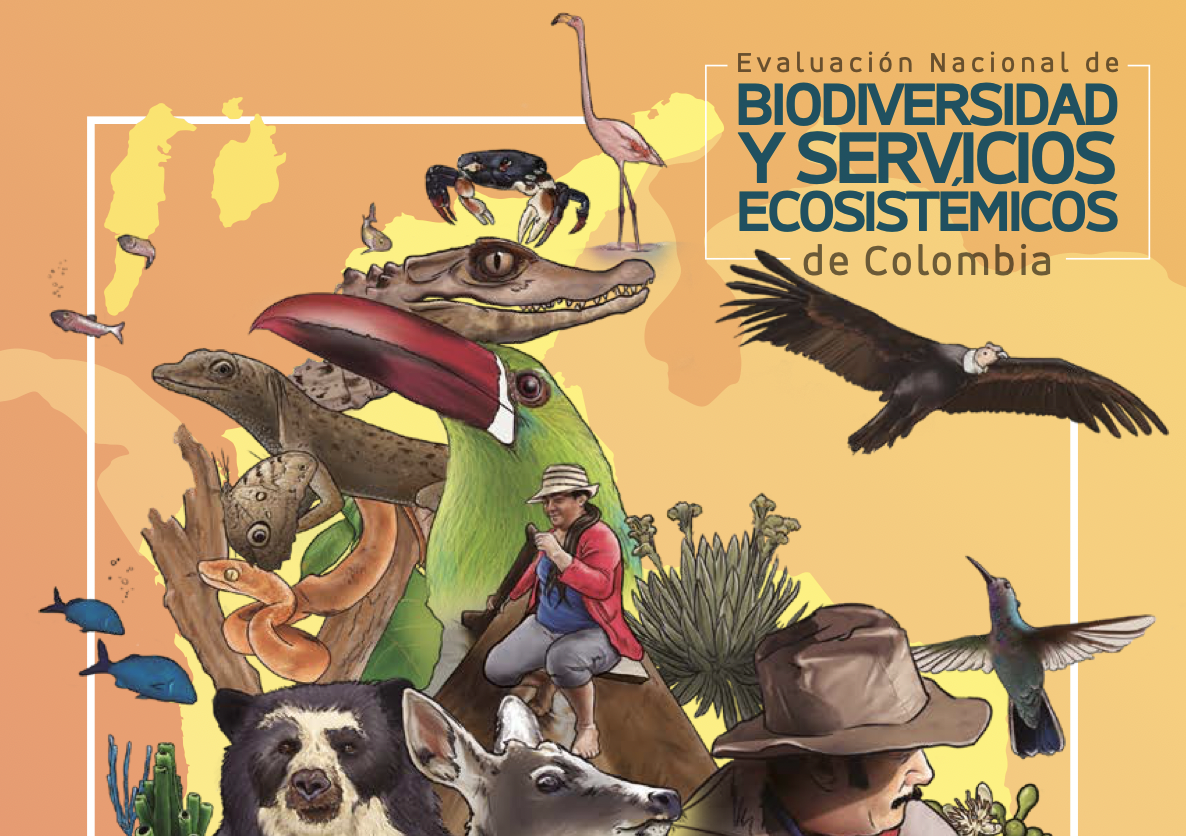Protected areas (pAs) are a foundational and essential strategy for reducing biodiversity loss. However, many pAs around the world exist on paper only; thus, while logging and habitat conversion may be banned in these areas, illegal activities often continue to cause alarming habitat destruction. in such cases, the presence of armed conflict may ultimately prevent incursions to a greater extent than the absence of conflict. Although there are several reports of habitat destruction following cessation of conflict, there has never been a systematic and quantitative “before-and-after-conflict” analysis of a large sample of pAs and surrounding areas. Here we report the results of such a study in Colombia, using an open-access global forest change dataset. By analyzing 39 PAs over three years before and after Colombia’s peace agreement with the Revolutionary Armed forces of Colombia (fARc), we found a dramatic and highly significant increase in the deforestation rate for the majority of these areas and their buffer zones. We discuss the reasons behind such findings from the Colombian case and debate some general conservation lessons applicable to other countries undergoing post-conflict transitions.
Deforestation in Colombian protected areas increased during post-conflict periods
Year: 2020

































































































































































































































































































































































































































































































































































































































































































































































































































































































































































































































